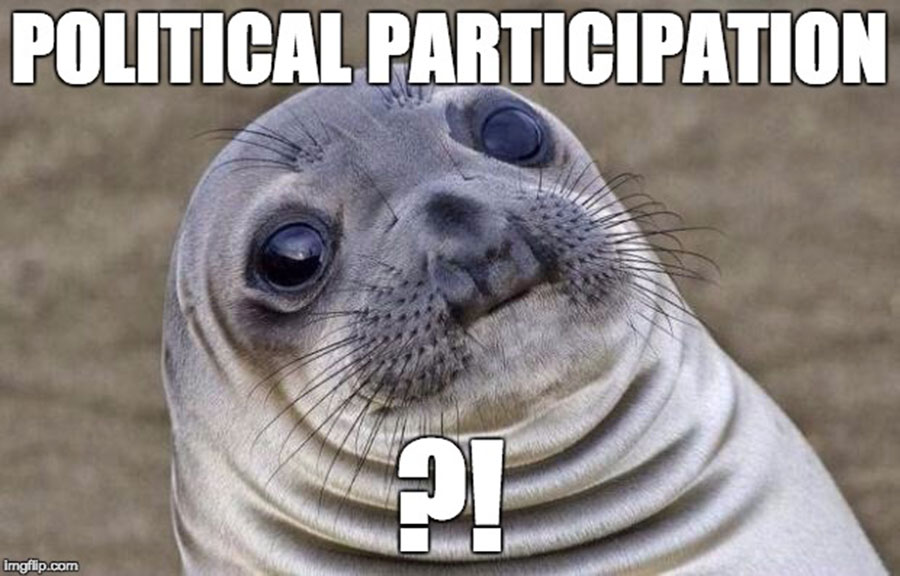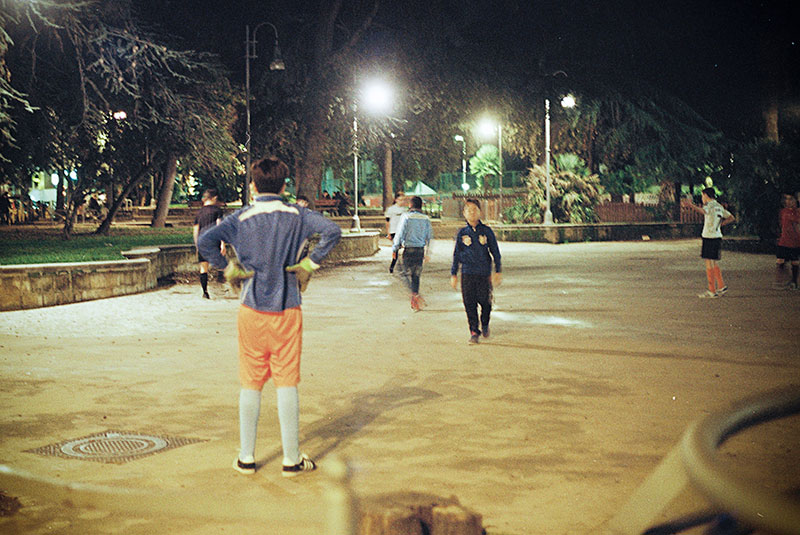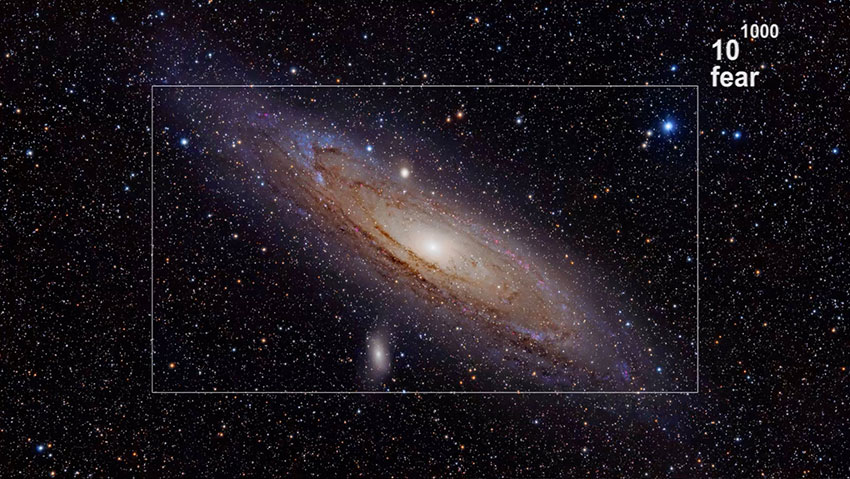1.
When we look up into the sky and see a flock flowing harmoniously, we could fall in the trap of thinking of it as a body with its own will. There might not be a brain behind the act, but surely there is a strong pull towards communality. Any organisation of entities is defined by the relation between the parts, and the social space of exchange. Looking back at the sky, we are still mesmerized by the fact that there is no collective intention; no collective brain that defines what we see. Just the iterative result of individual intuition 1.
2.
There is no better universal language than organizations. When we forget our differences and focus on the similarities, we can talk of people, atoms, dust or the Internet of things; all use the same common, network-based narrative. The consequence is that we can find common land in the fields of physics, social sciences, technology, birds or dots. At a certain point of the metaphor, we stop and think about the empty space of a net, the knots and the transitions, and we see the undeniable connection between all entities of our universe; the universal laws that transcend matter, ideology, or time 2.
“One of the most important lessons of modern physics is that the way things are organised sometimes matters more than what they are made of. The same carbon atoms that make soft, dull graphite also make sparkling and super-hard diamond. Organisation matters.”_Mark Buchanan, 2007. ←
“What I have always found great in the metaphor of the net is that it is then easy to insist on its fragility, the empty spot it leaves around, the subversion it introduces in the notion of distance, but above all, what it does with universality: the area ‘covered’ by any network is ‘universal’ but just as long and just where are enough antennas, relays, repeaters, and so on.”_Bruno Latour, 2010.←










